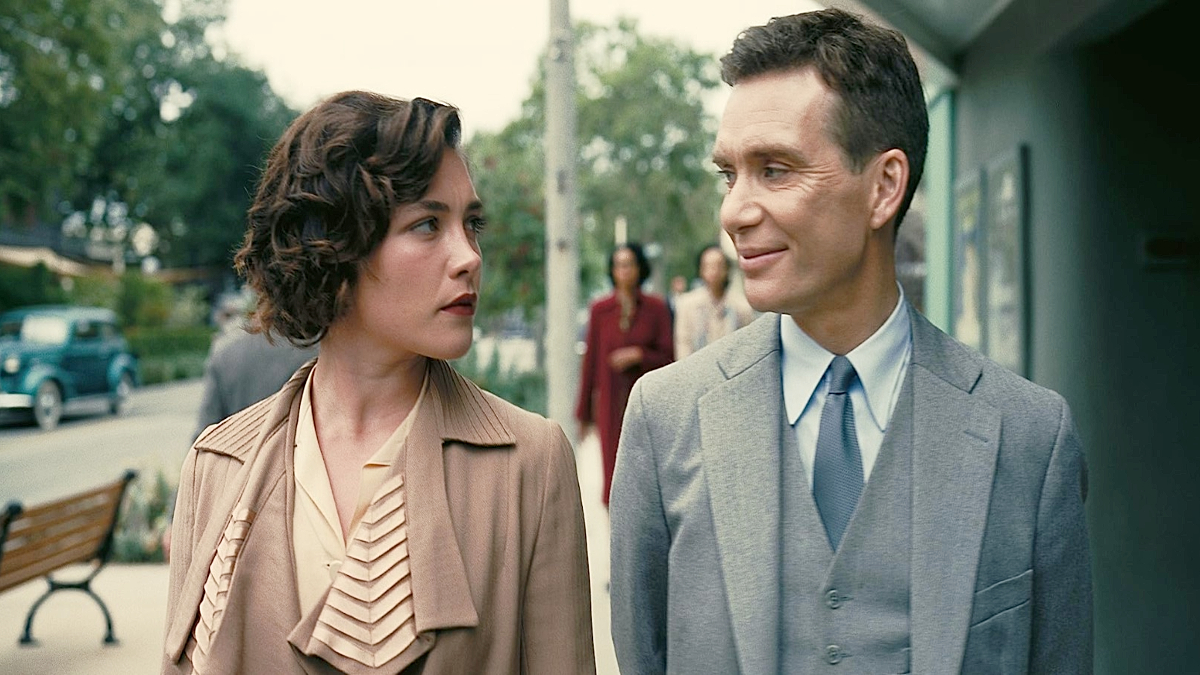
Advertisement
In Christopher Nolan’s film “Oppenheimer,” the character of Jean Tatlock, played by Florence Pugh, brings a complex layer to the story. Tatlock, an American psychiatrist, and member of the Communist Party, had a romantic involvement with J. Robert Oppenheimer, even after his marriage to Katherine Puening, portrayed by Emily Blunt. Her character grapples with depression, and the movie suggests her death in 1944 as a suicide, yet it hints at potential foul play.
Eagle-eyed viewers might notice brief shots in the film depicting gloved hands managing Tatlock’s body, implying the possibility of something sinister behind her demise. However, the film refrains from giving a definitive answer, focusing more on Oppenheimer’s internal conflicts related to his creation, the atomic bomb.
History provides some clues about Tatlock’s death. Sources indicate that her father found her body in January 1944, submerged in bathwater in her bathroom. She left a suicide note expressing feelings of disgust and paralysis, ultimately feeling like a burden to the world. Her death was initially ruled a “Suicide, motive unknown,” supported by findings of barbiturate traces in her system, notably chloral hydrate. However, her death remains clouded by speculation due to her ties to Oppenheimer and Communist activities, leading to FBI surveillance.
Some theories, including those raised by members of Tatlock’s family and certain historians, suggest that her death might not have been a suicide. There’s a conspiracy theory speculating her potential murder by intelligence agents connected to the Manhattan Project. The Church Committee’s broader findings during that time concerning intelligence agencies’ activities have lent weight to these suspicions.
Nolan’s portrayal of Tatlock’s death in the film doesn’t provide a conclusive stance. The glimpses of a figure alongside Tatlock’s body leave room for interpretation. Was it her father, a government official, or someone orchestrating her death? Nolan seems to align with the uncertainty surrounding Tatlock’s demise, echoing the notion that even Oppenheimer might have harbored doubts about what truly happened. This ambiguity leaves the audience with swirling doubts, mirroring the uncertainties of a gathering storm before the explosion.
